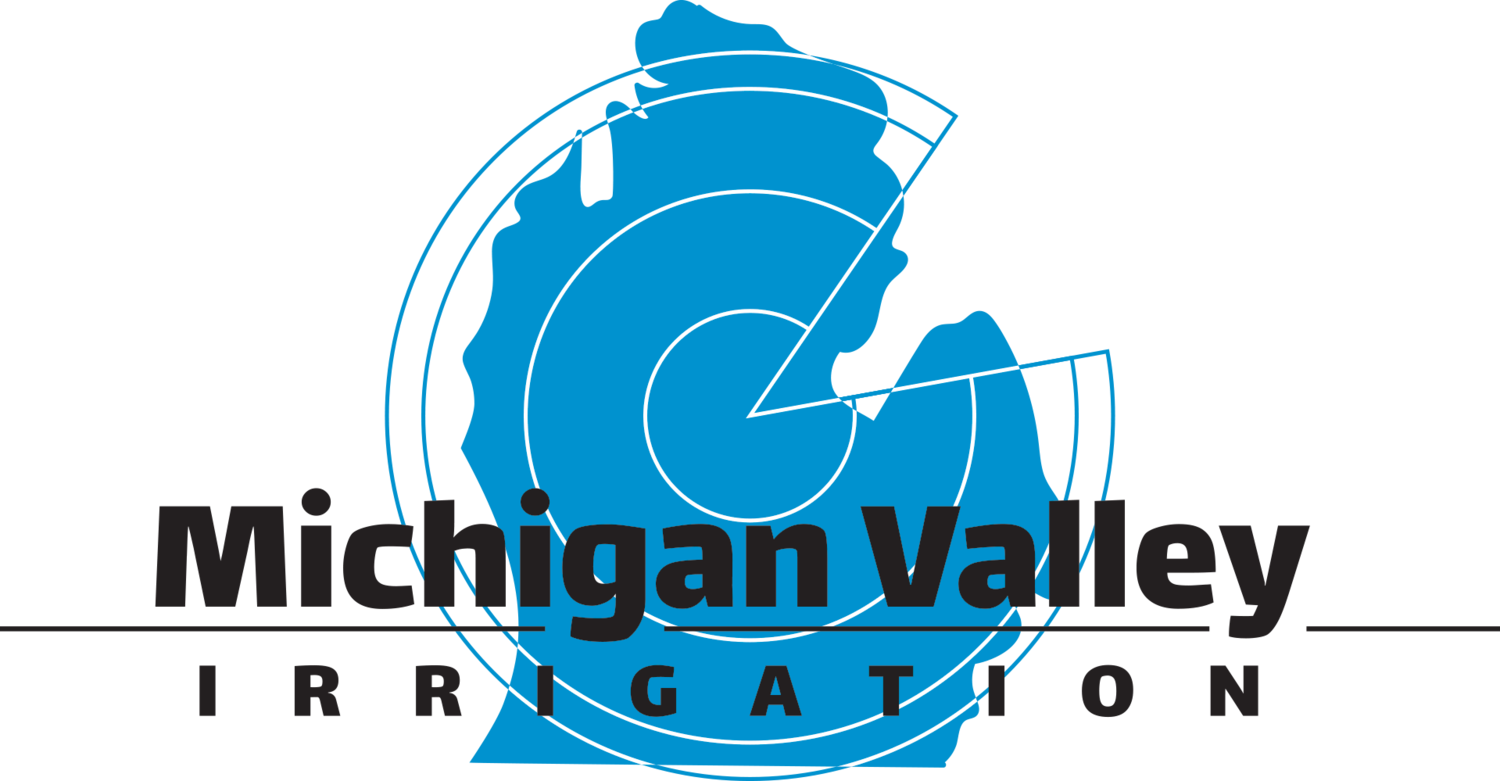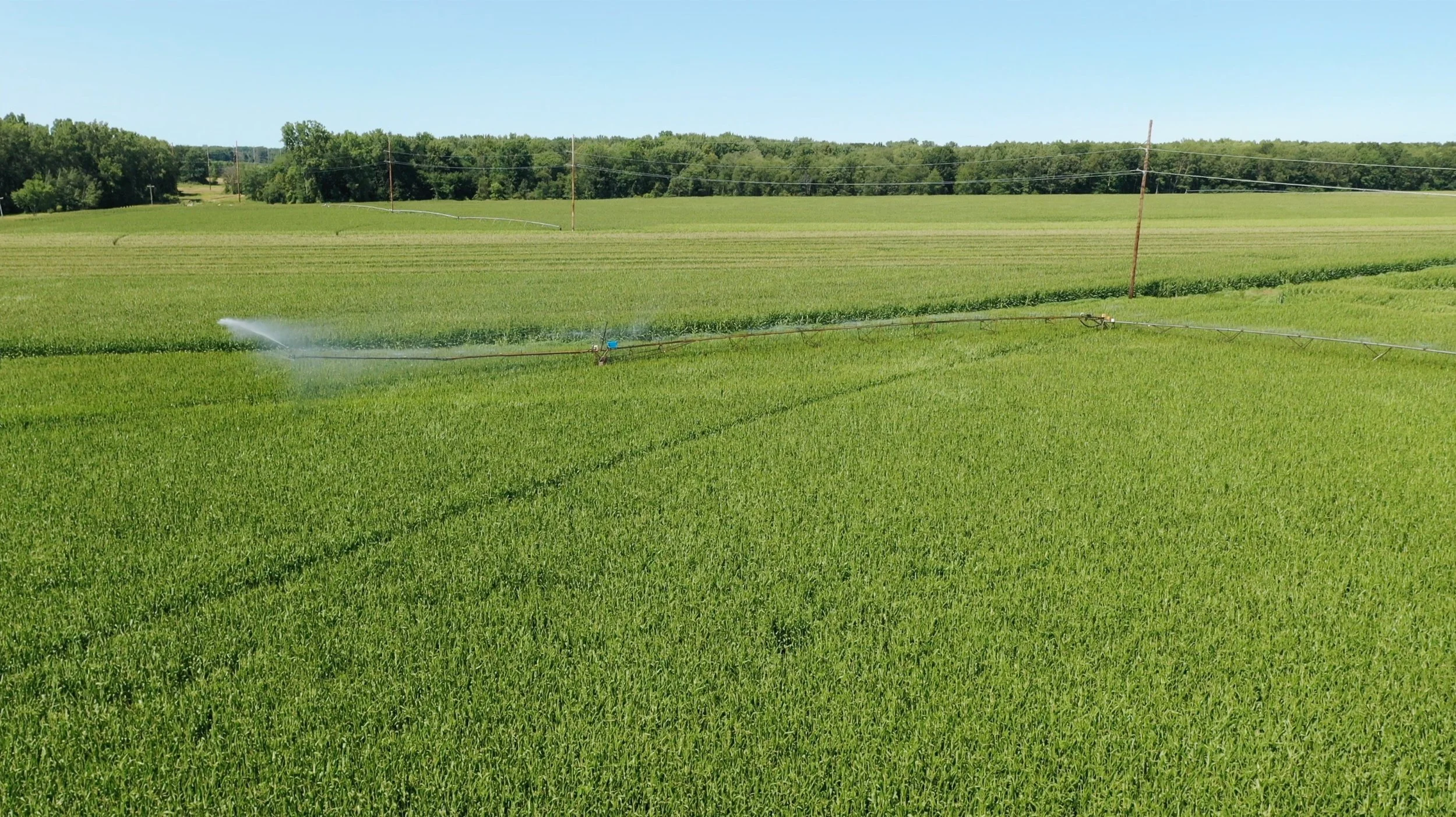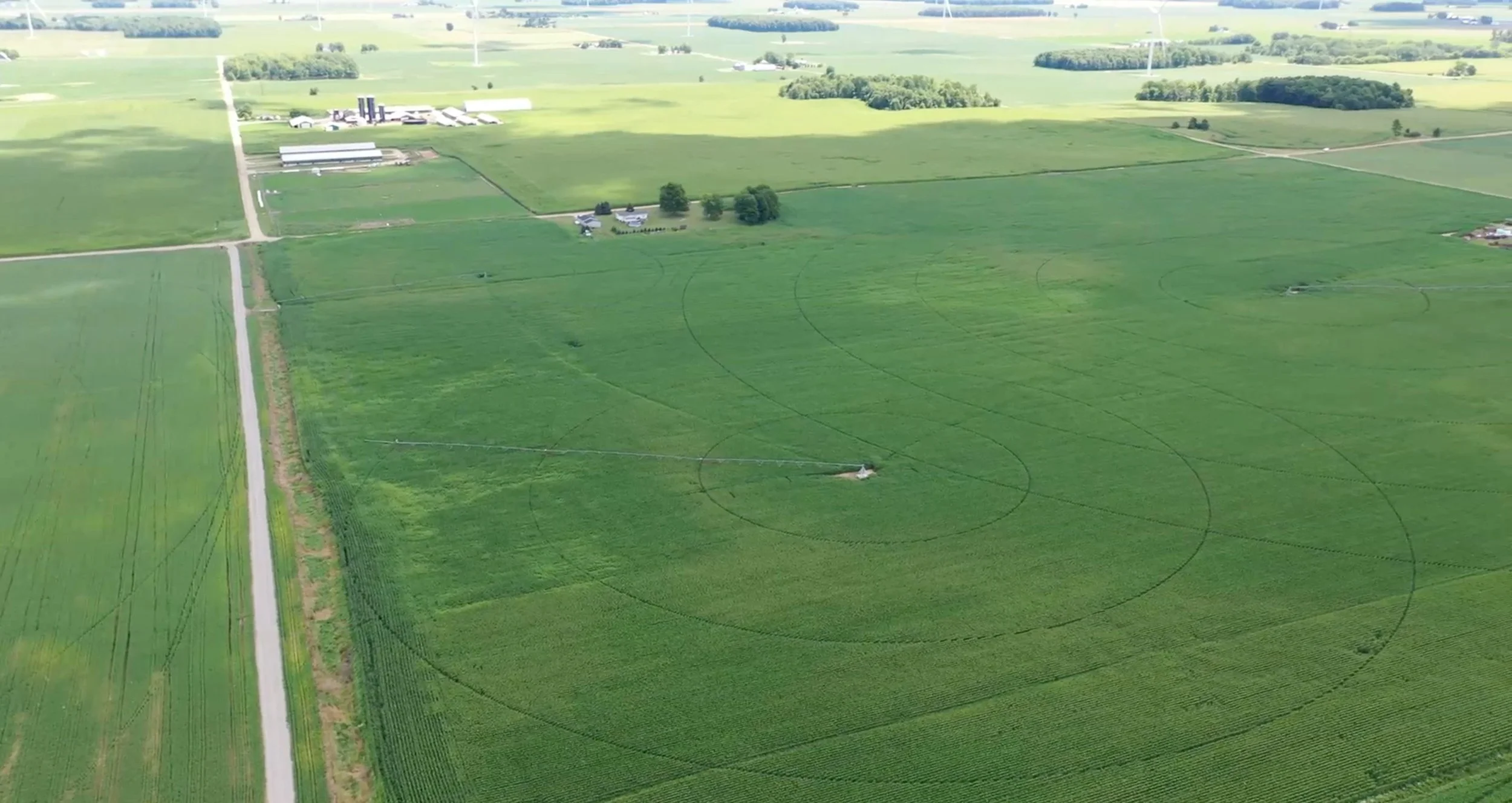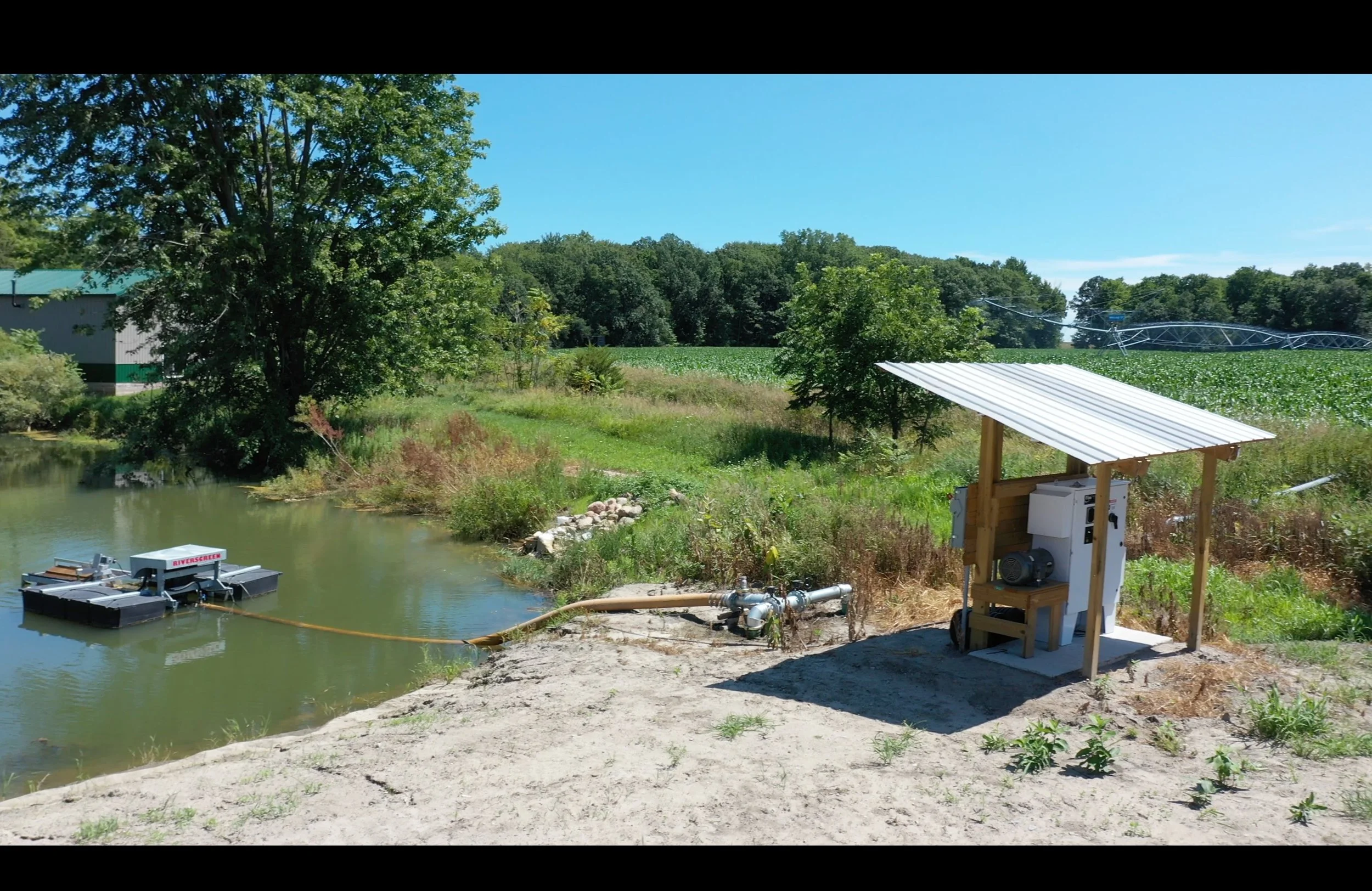Watering season has often been called “Irritation Season.” As crop farms have grown by acres, the number of pivots and the distances between them have grown substantially. What used to be a quick trip to the pump station out by the well or the pivot point across the road now takes more time and fuel for startups, shutdowns, or safety checks. Many of those trips can now be performed remotely using telemetry. While these options are not completely new, reliability, functionality, and options have improved significantly in recent years. New products are available at a steady pace…
Center Pivot Friendly Fields
Irrigated Dairy Forages – Multiple Benefits!
Cameras on Pivots Collect Scouting Data
Three years ago, Michigan Valley Irrigation was approached to assist in proof of concept for a new technology, intending to use cameras on pivots to identify weeds, insects, and nutrient deficiencies. Partnering with Prospera Technologies and Valmont, we installed and supported camera systems with the mission of gathering data for machine learning…
What is Your Biggest Yield Robber?
Ultimately your biggest yield robber is probably cash. Without cash it is hard to do much of anything from paying property taxes to paying for equipment, inputs, and labor. So, let’s consider the next most significant input or factor and making yield. If you guessed water, you agree with many others. It’s a little more complicated than just water, but that seems to be the critical factor. In a few cases it may be too much water, but often it is lack of moisture. Dry weather is another description used…
Irrigation Equipment Brand or Local Dealer
Successful Farming – Keys to Winning
Water Sources for Center Pivot Irrigation Systems
Center Pivot Irrigation Systems require a good water supply both in flow rate and total gallons for a season. If you are considering irrigating 100 acres with an average of seven inches applied during the season, you will need 19,007,800 gallons of water at about 550 gallons per minute. For a one-inch application on those 100 acres, you will use 2,715,400 gallons…










